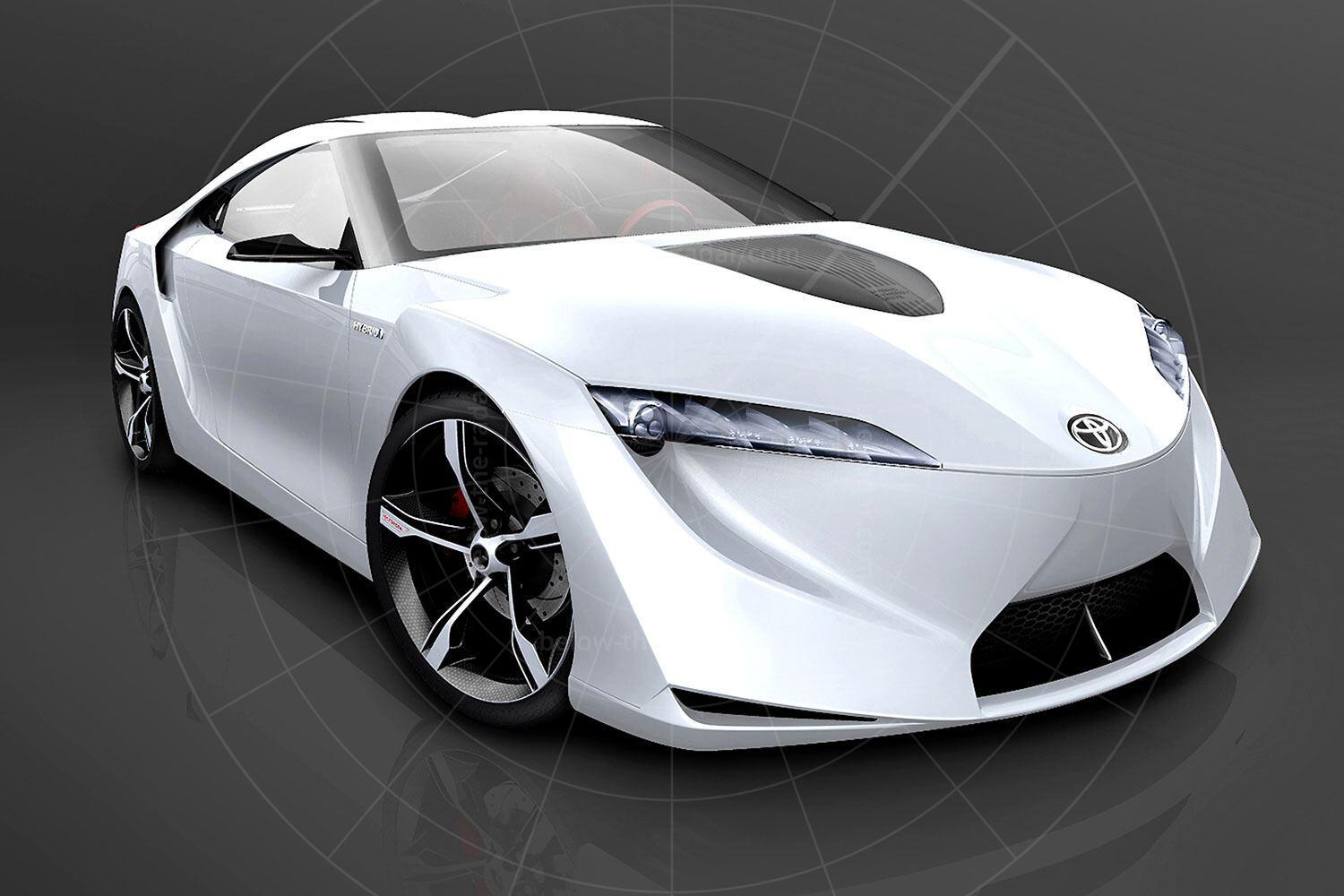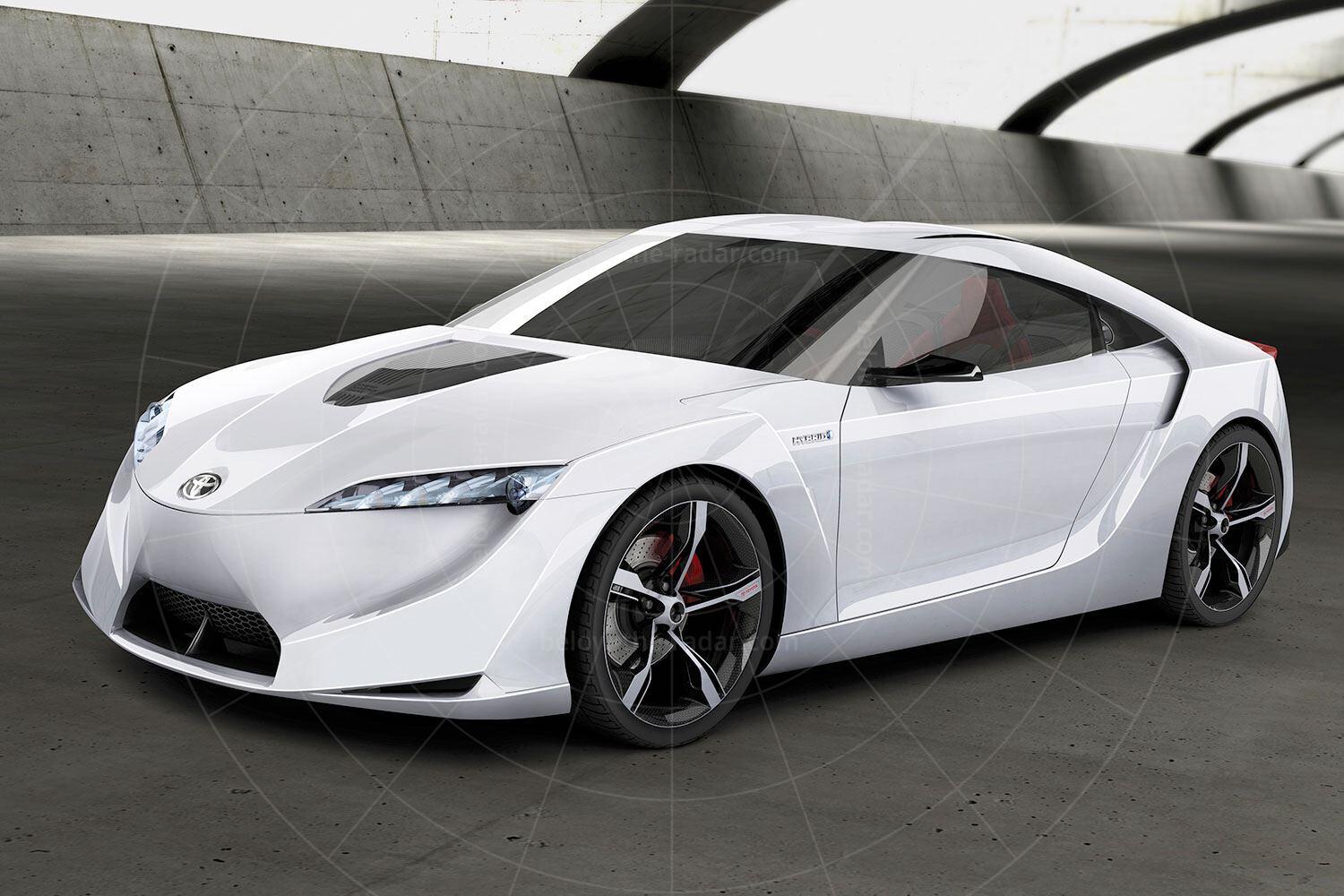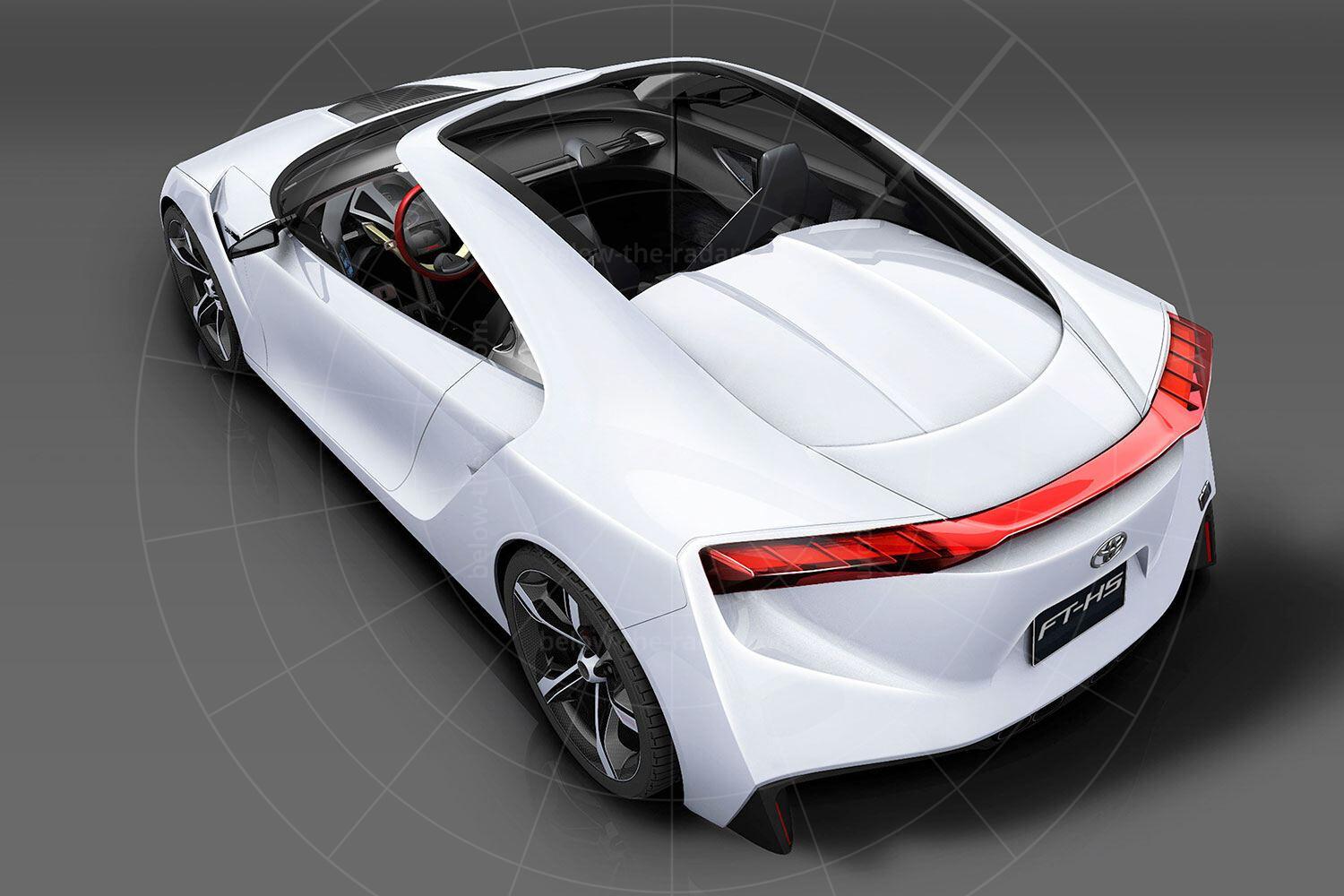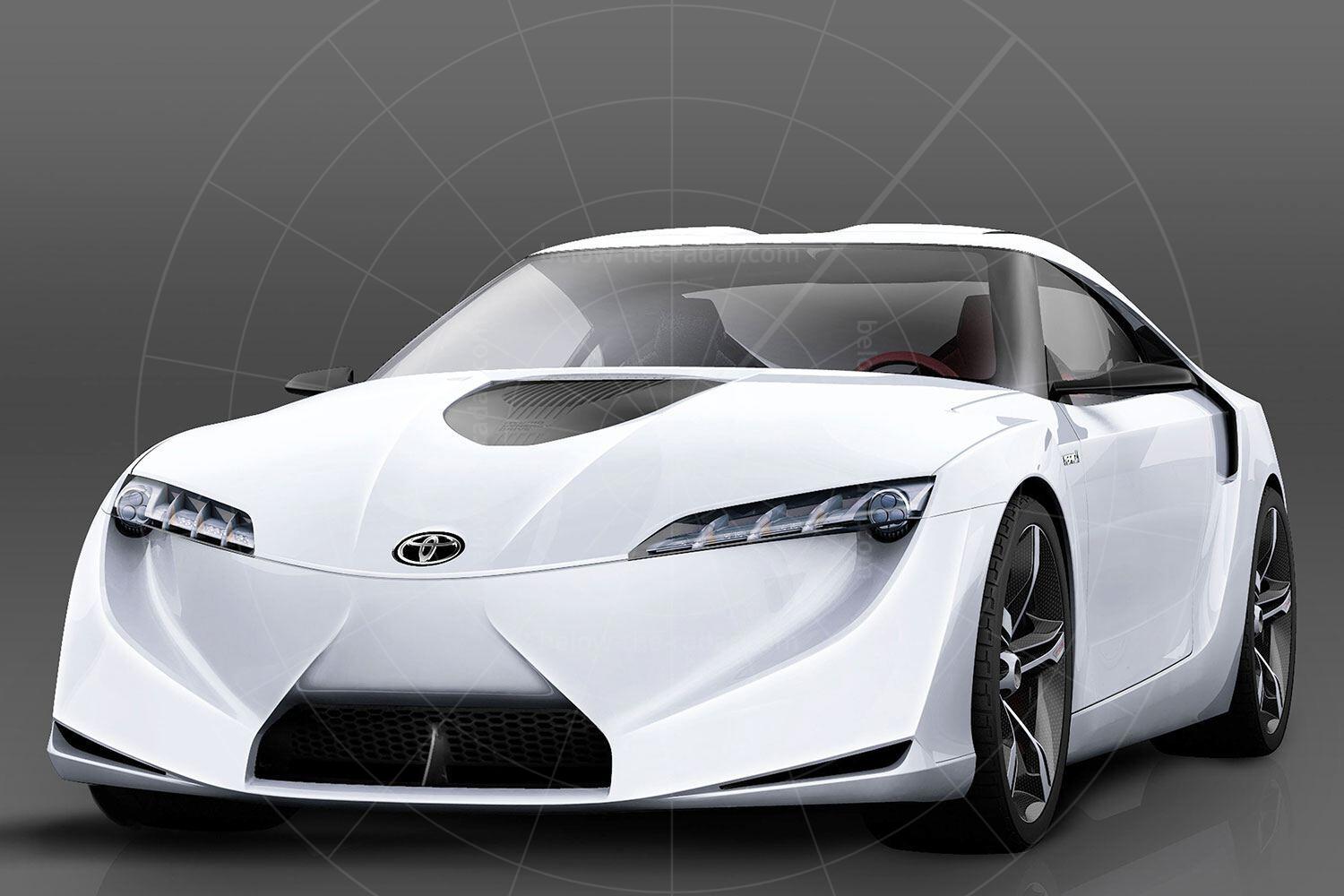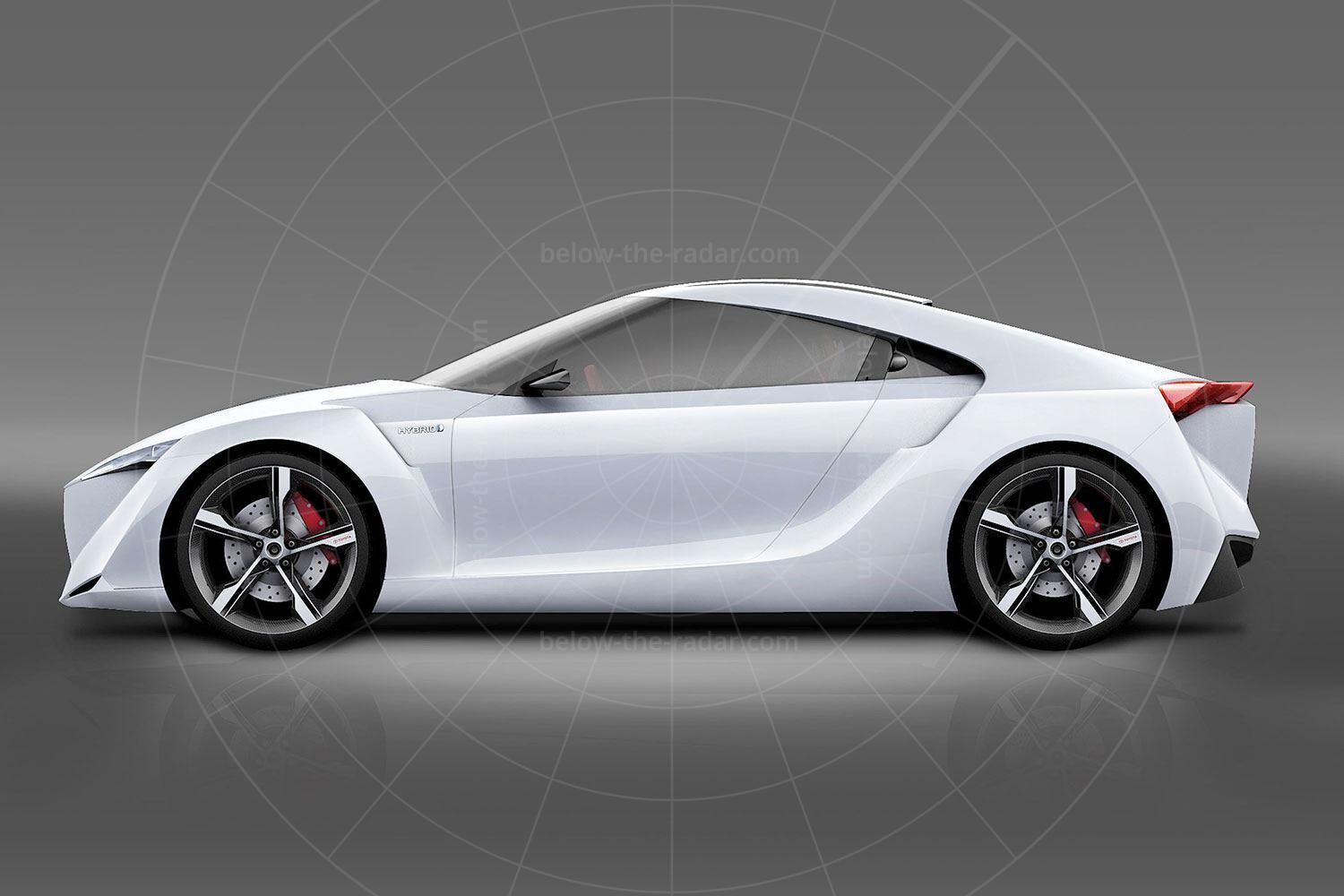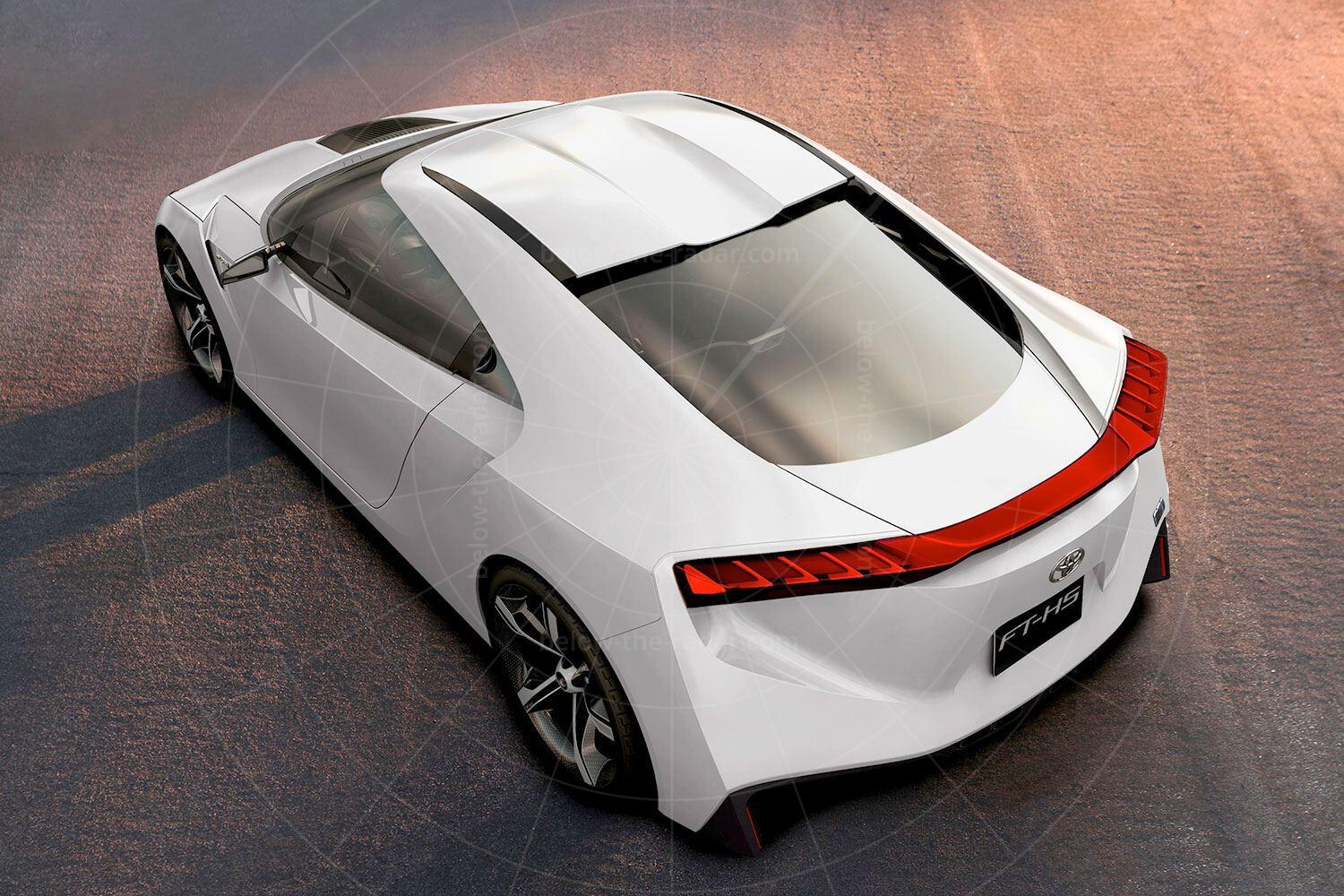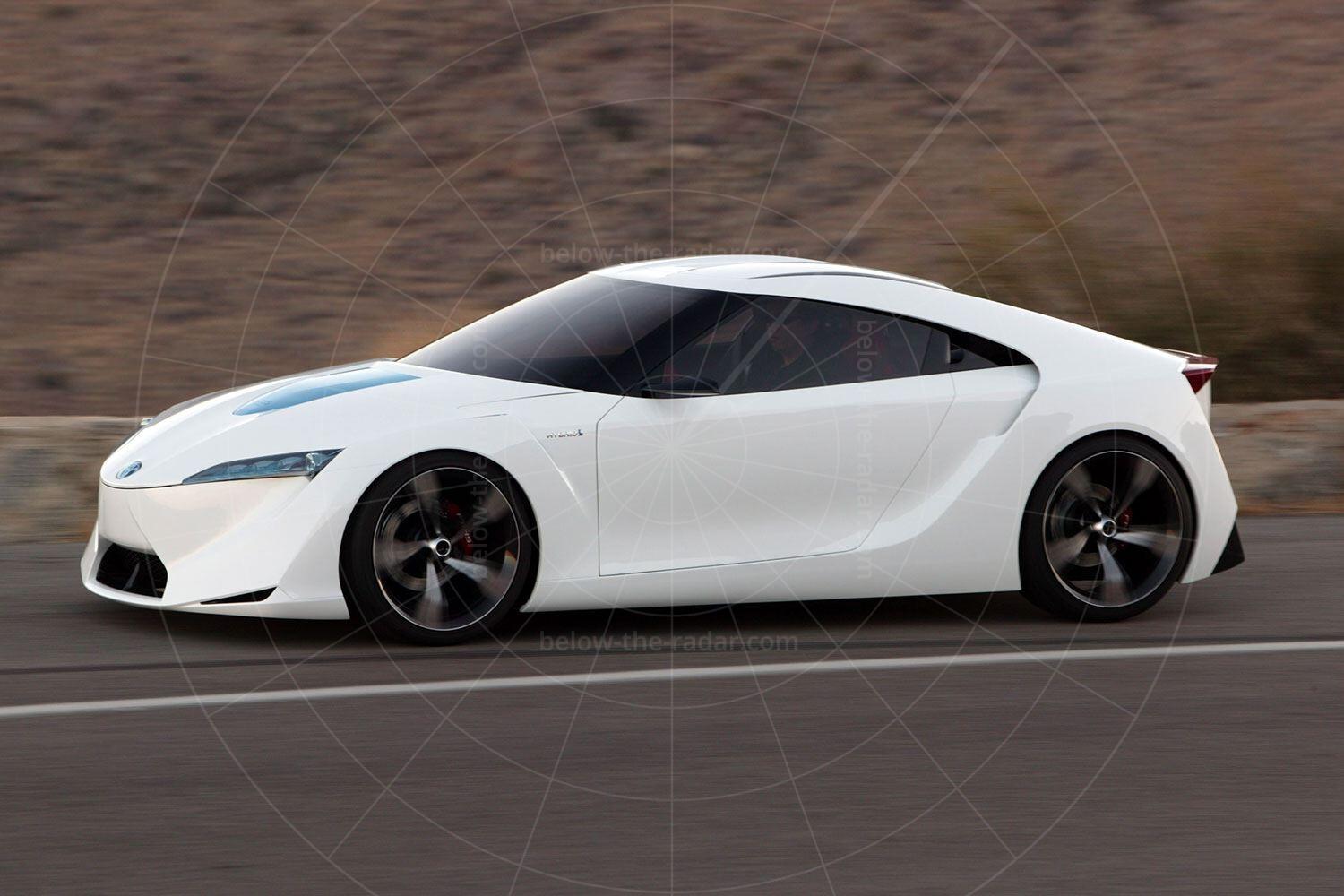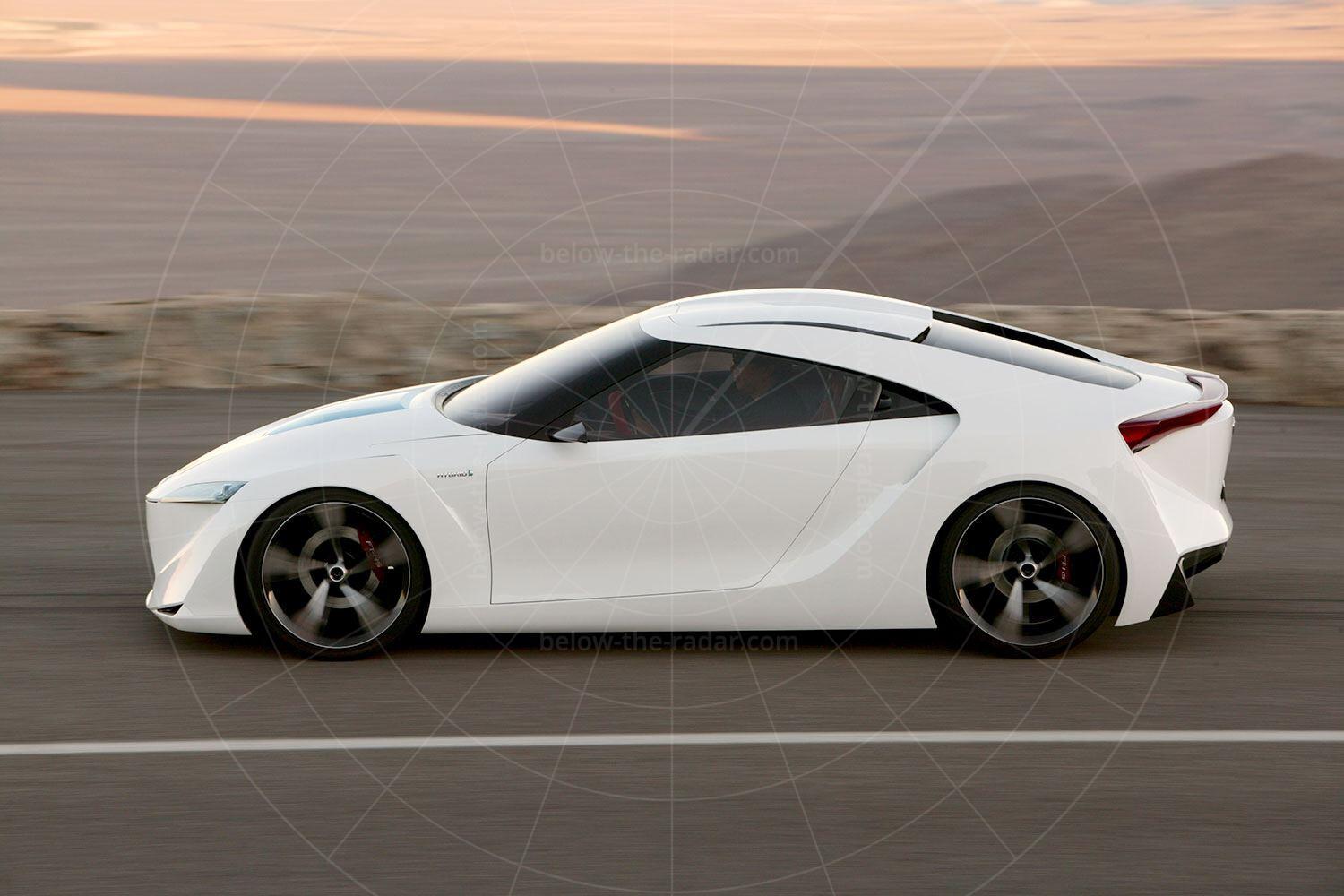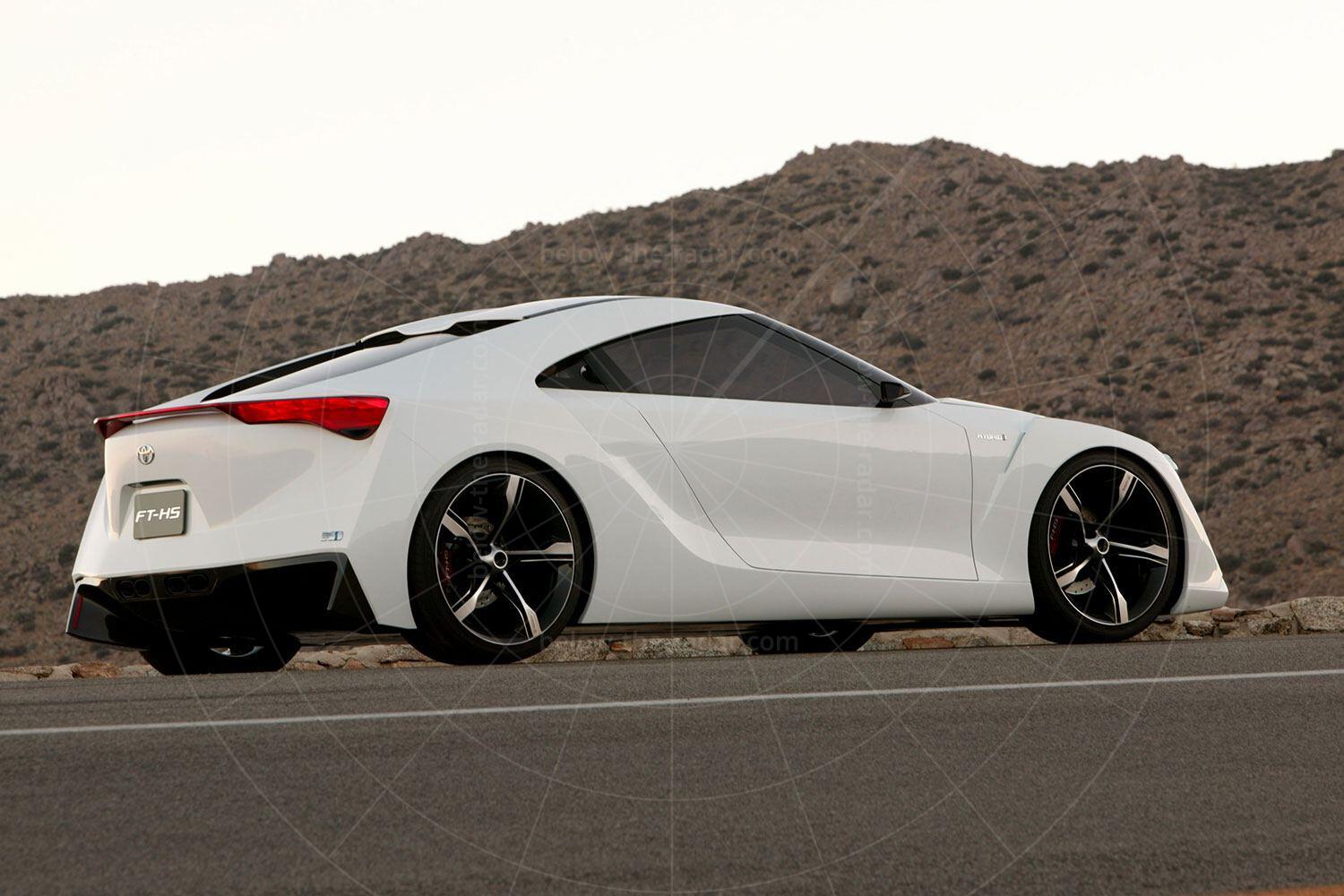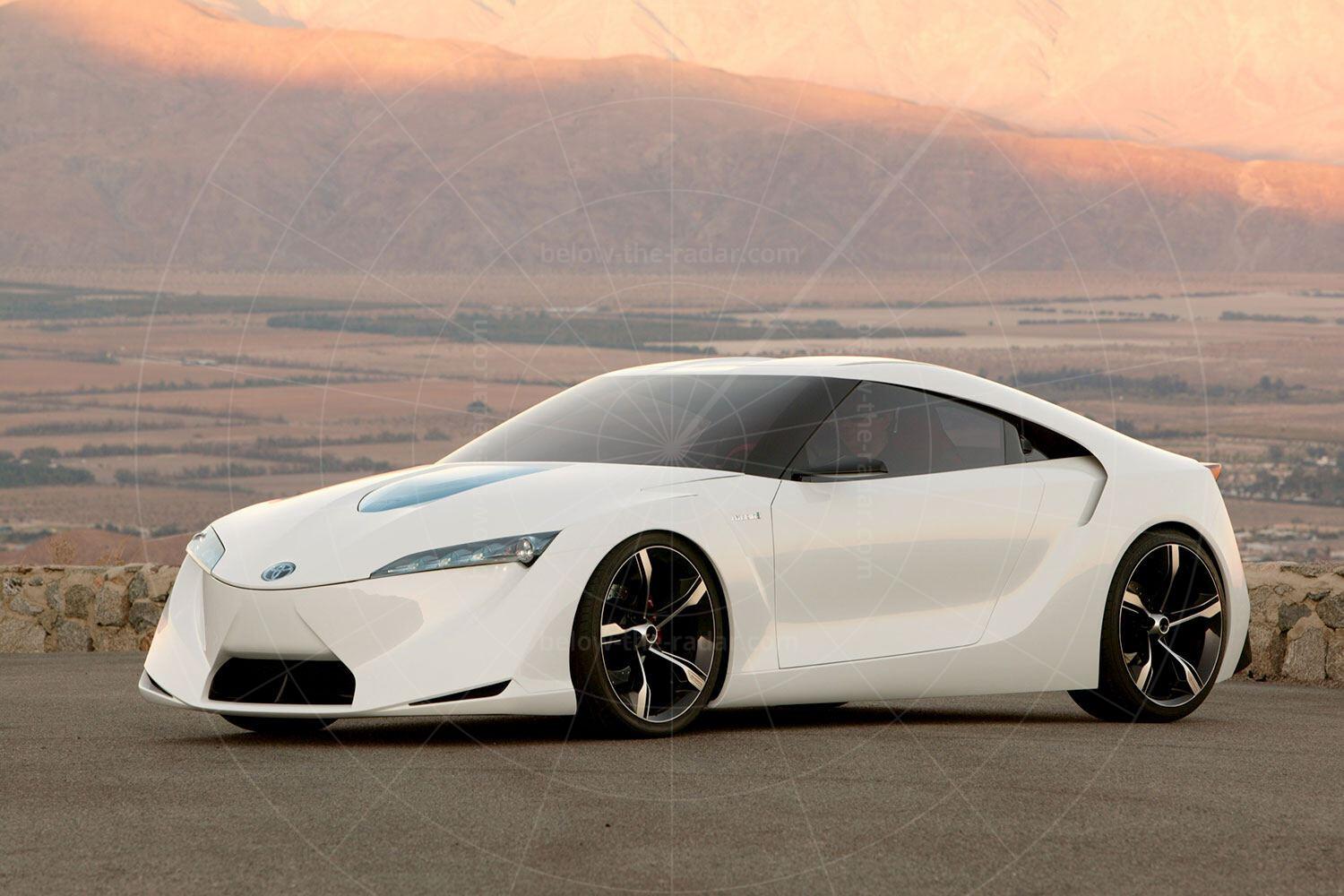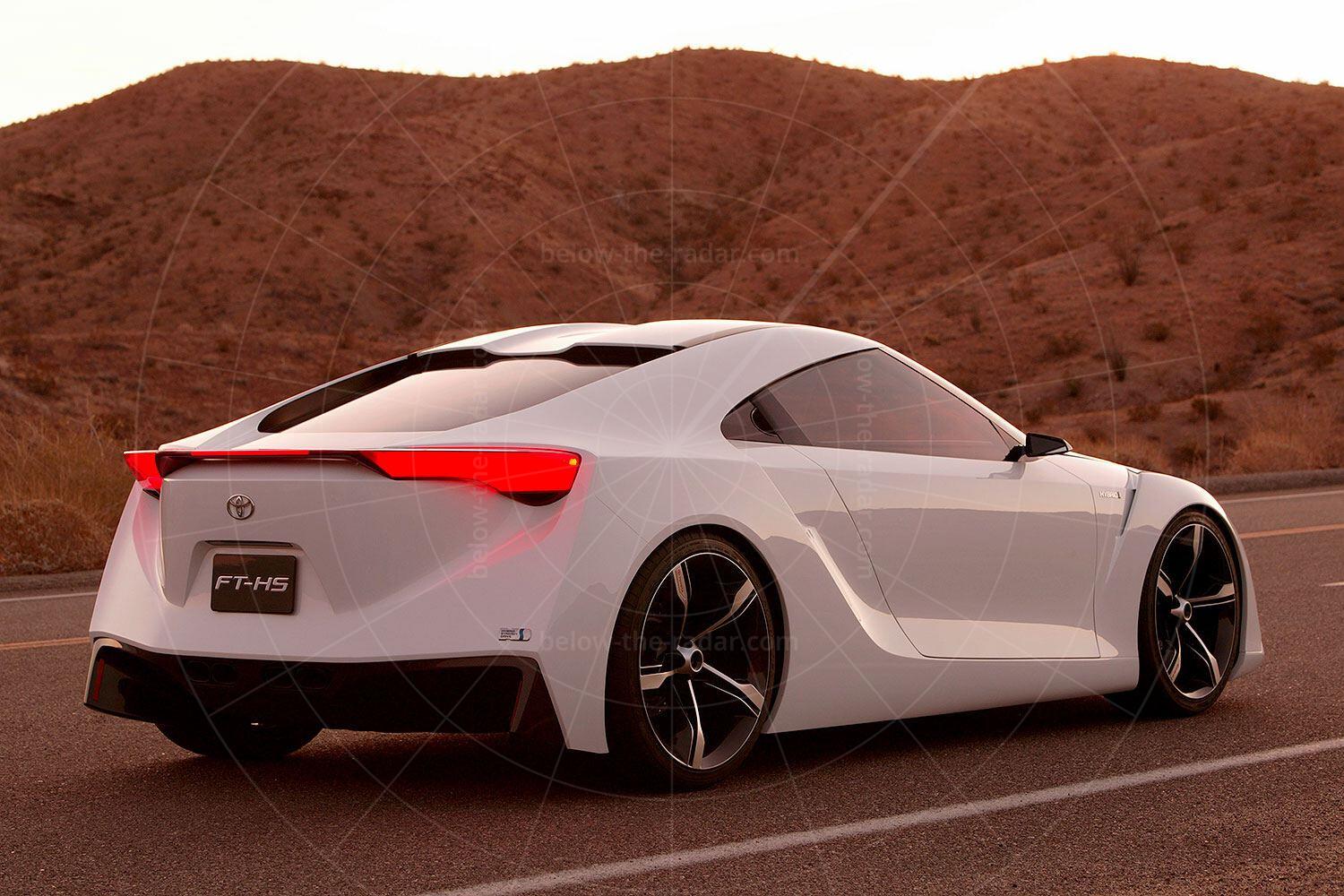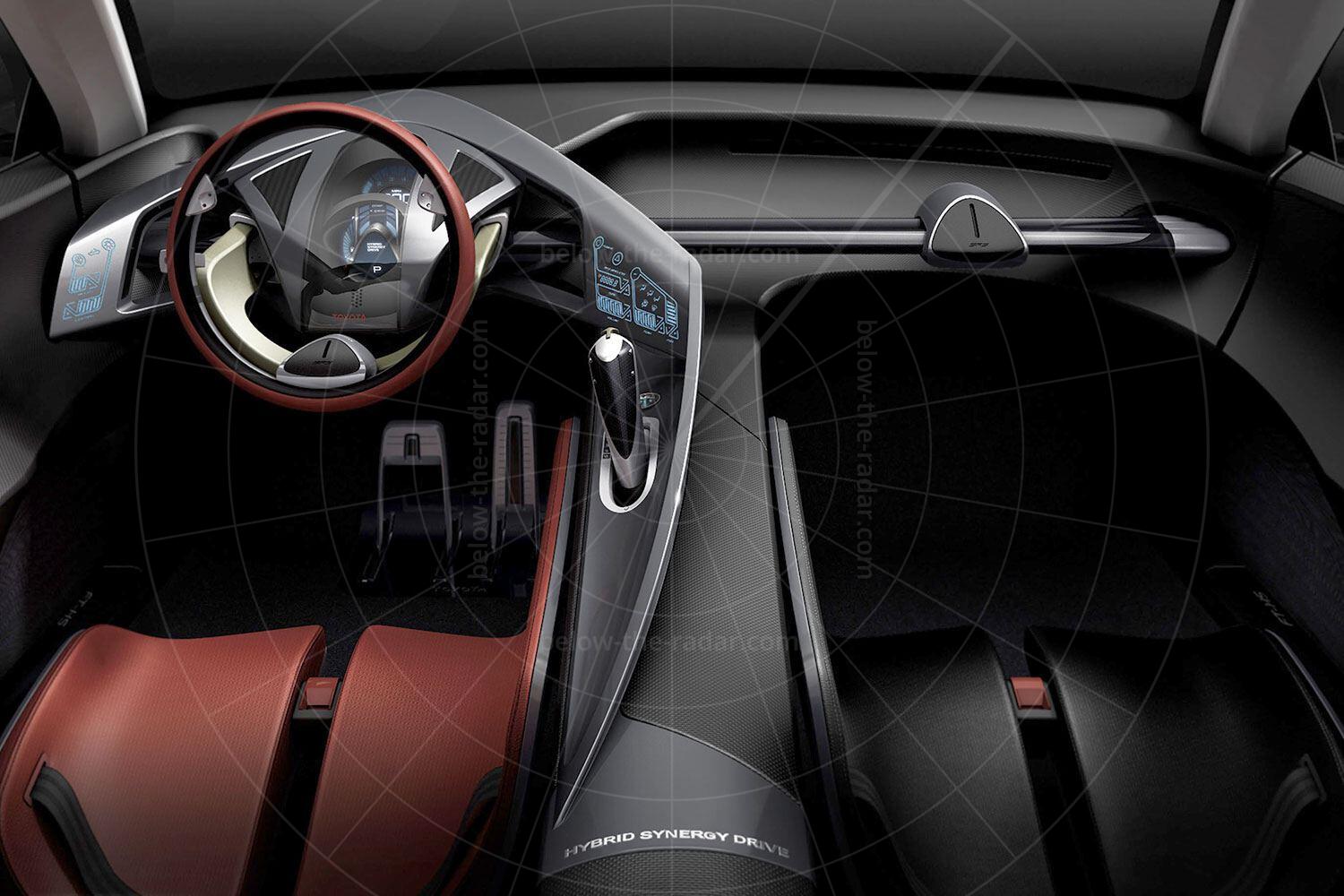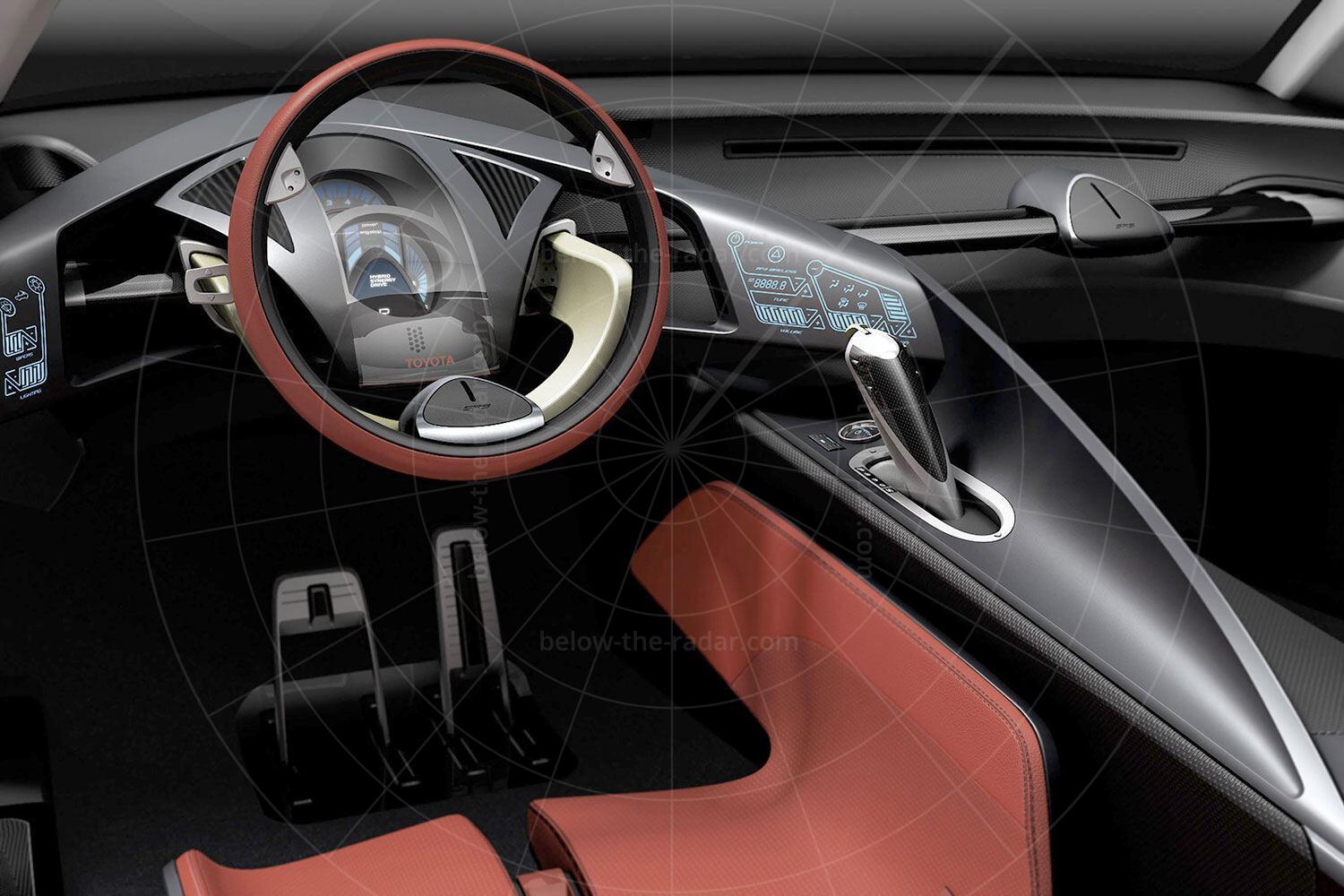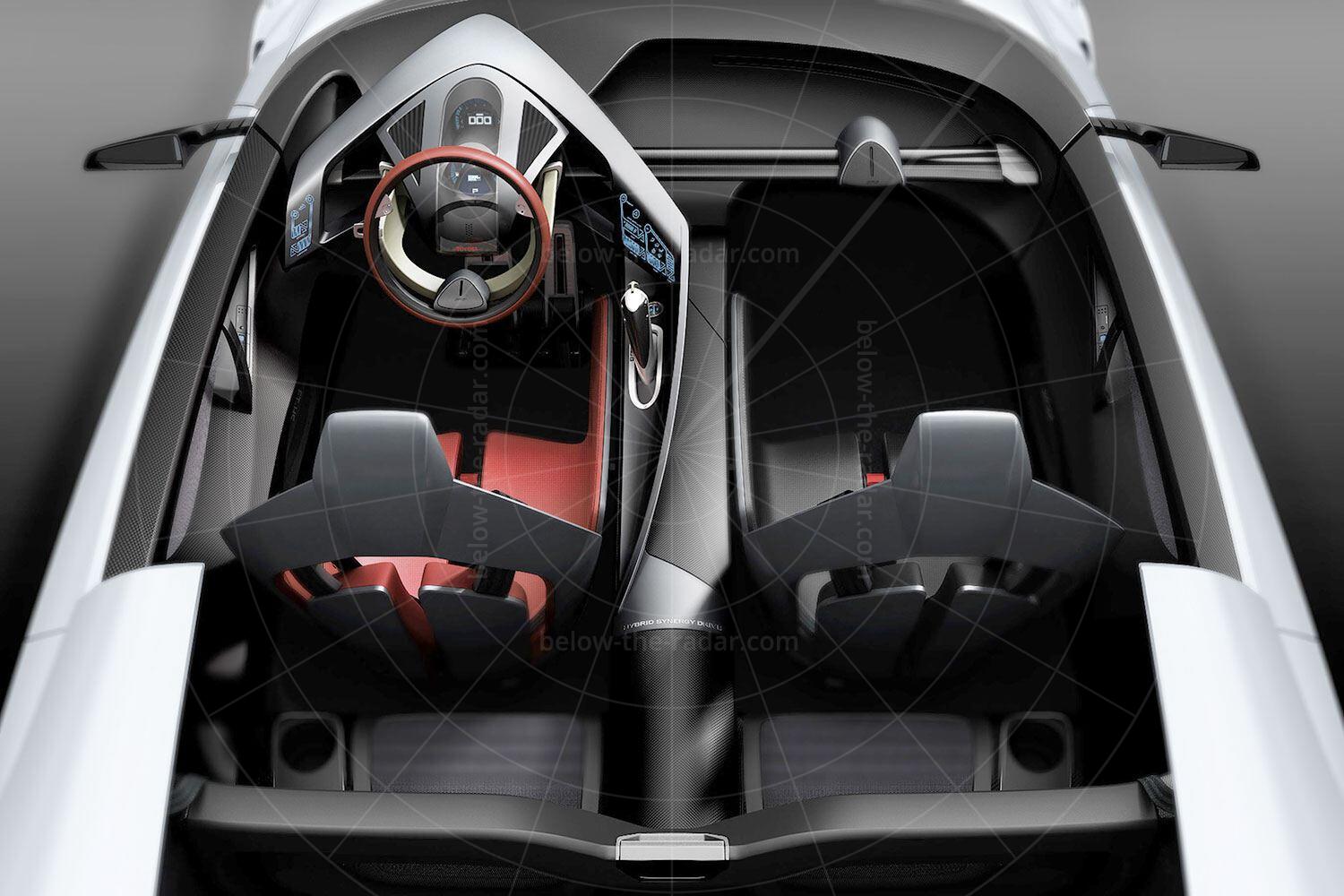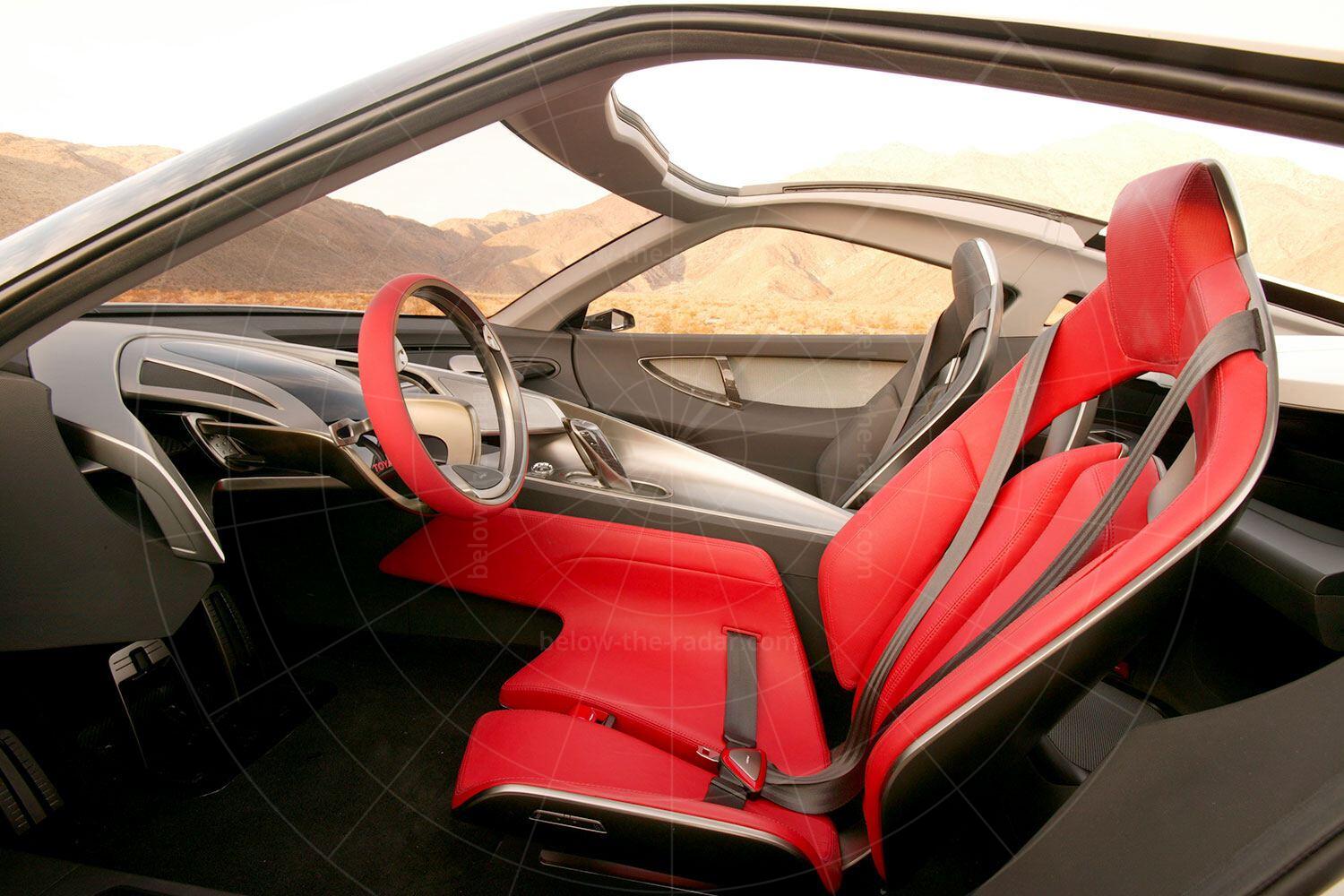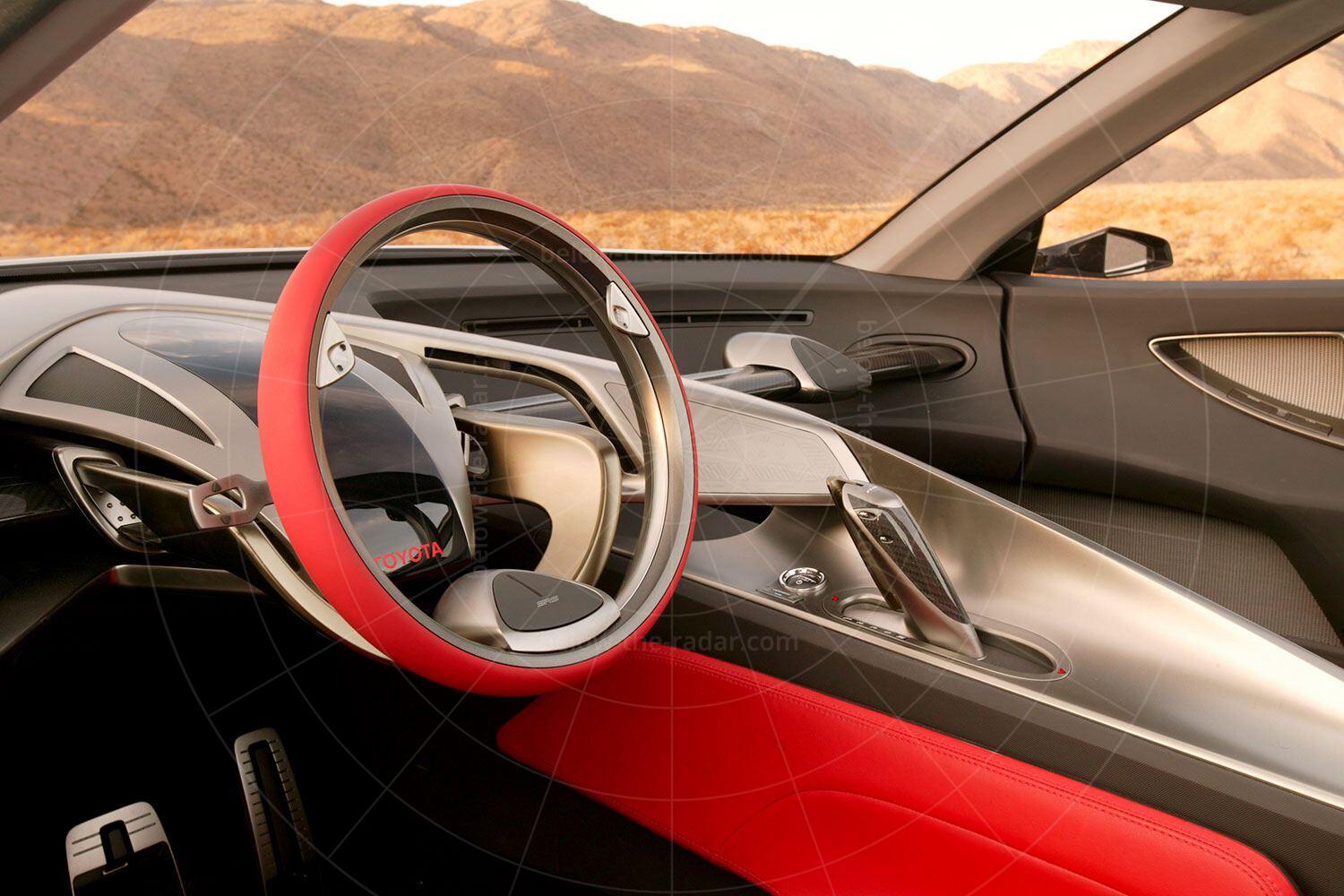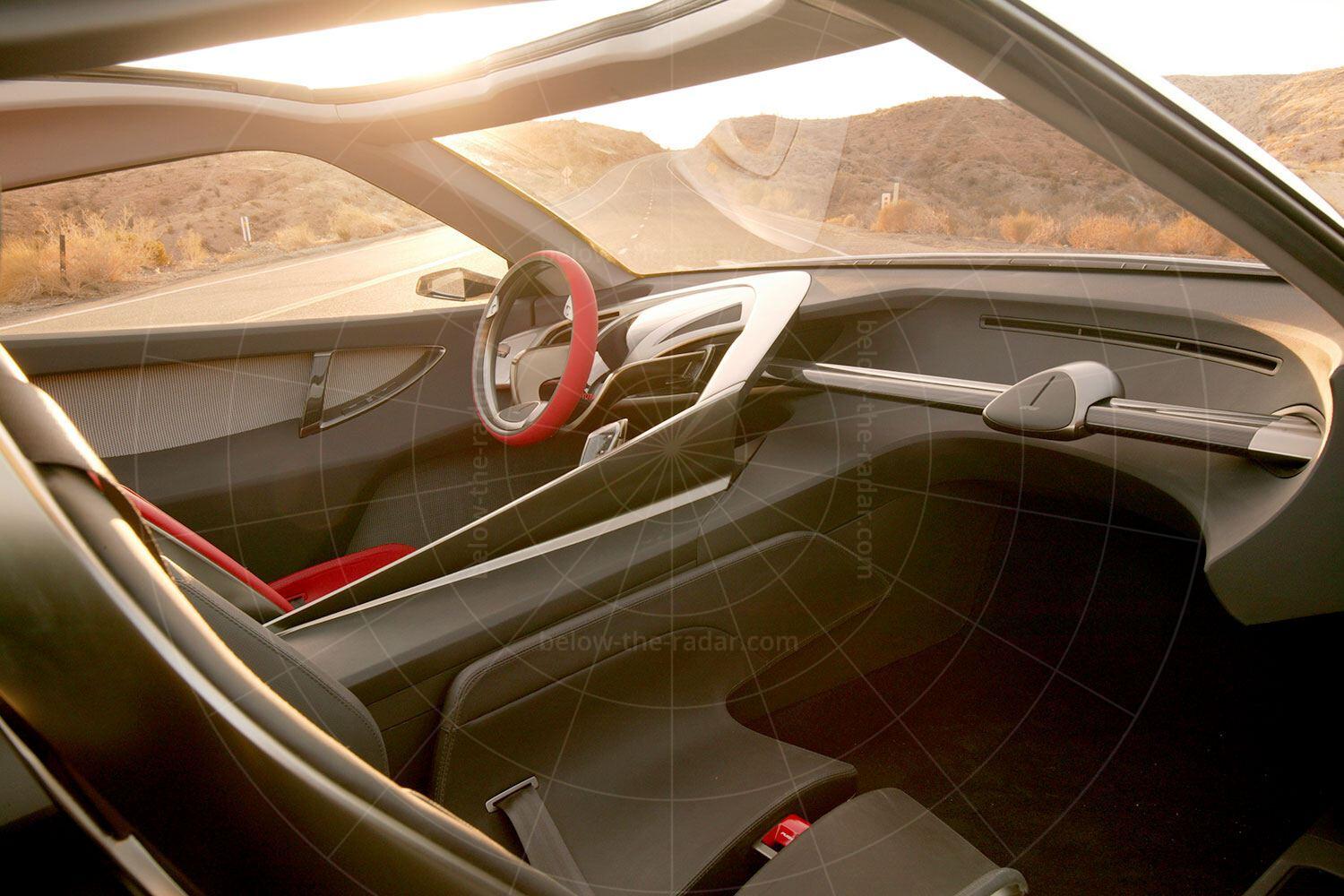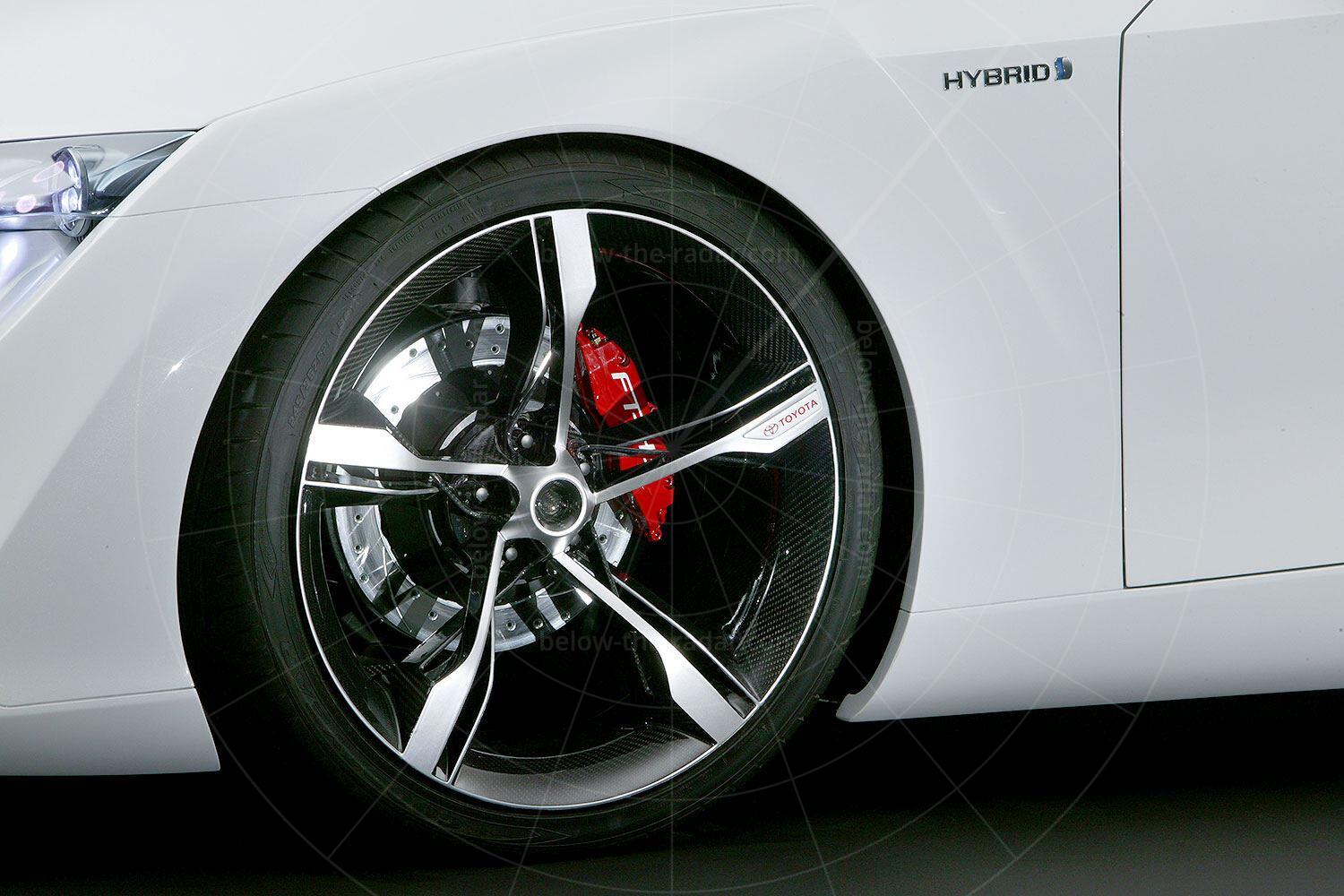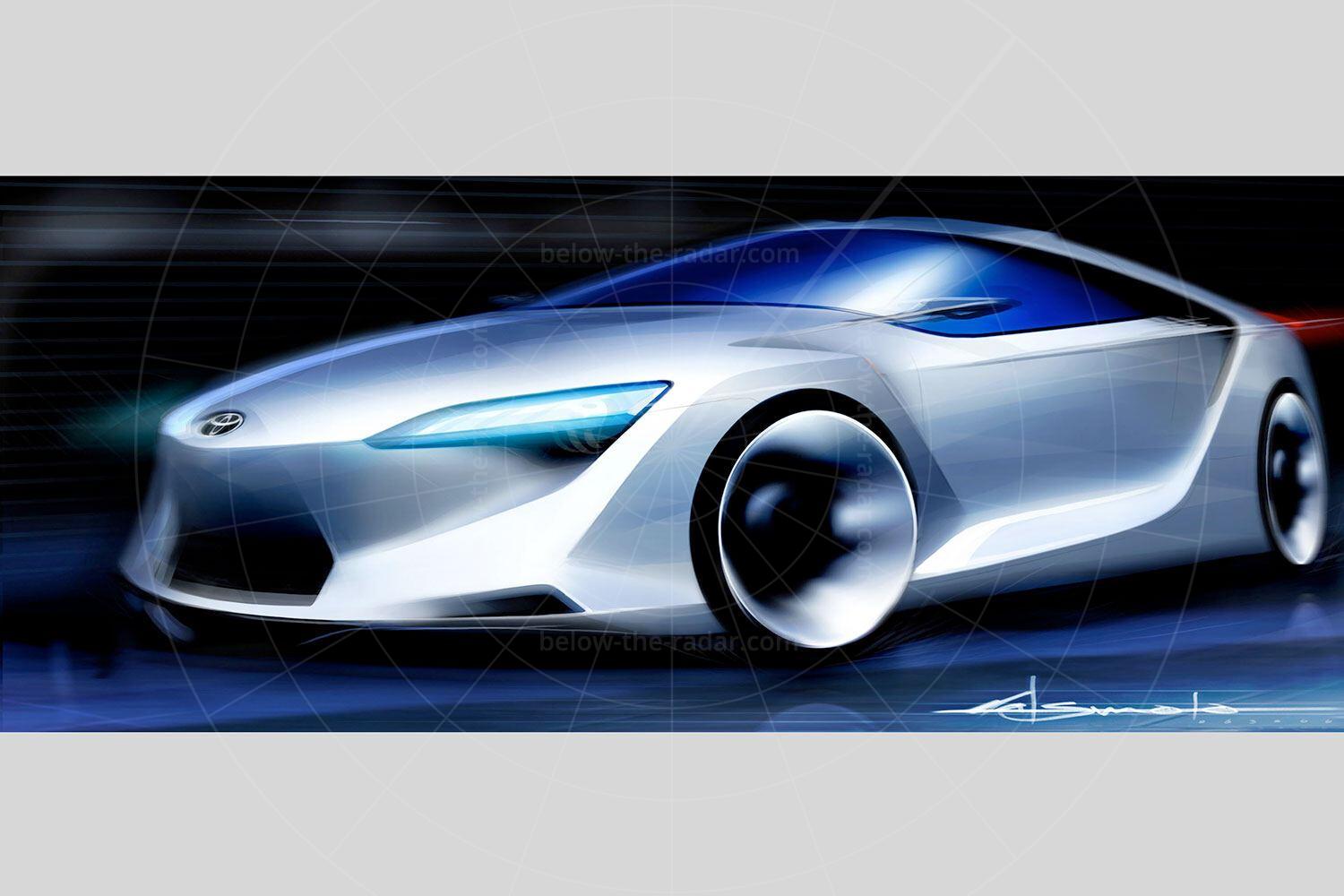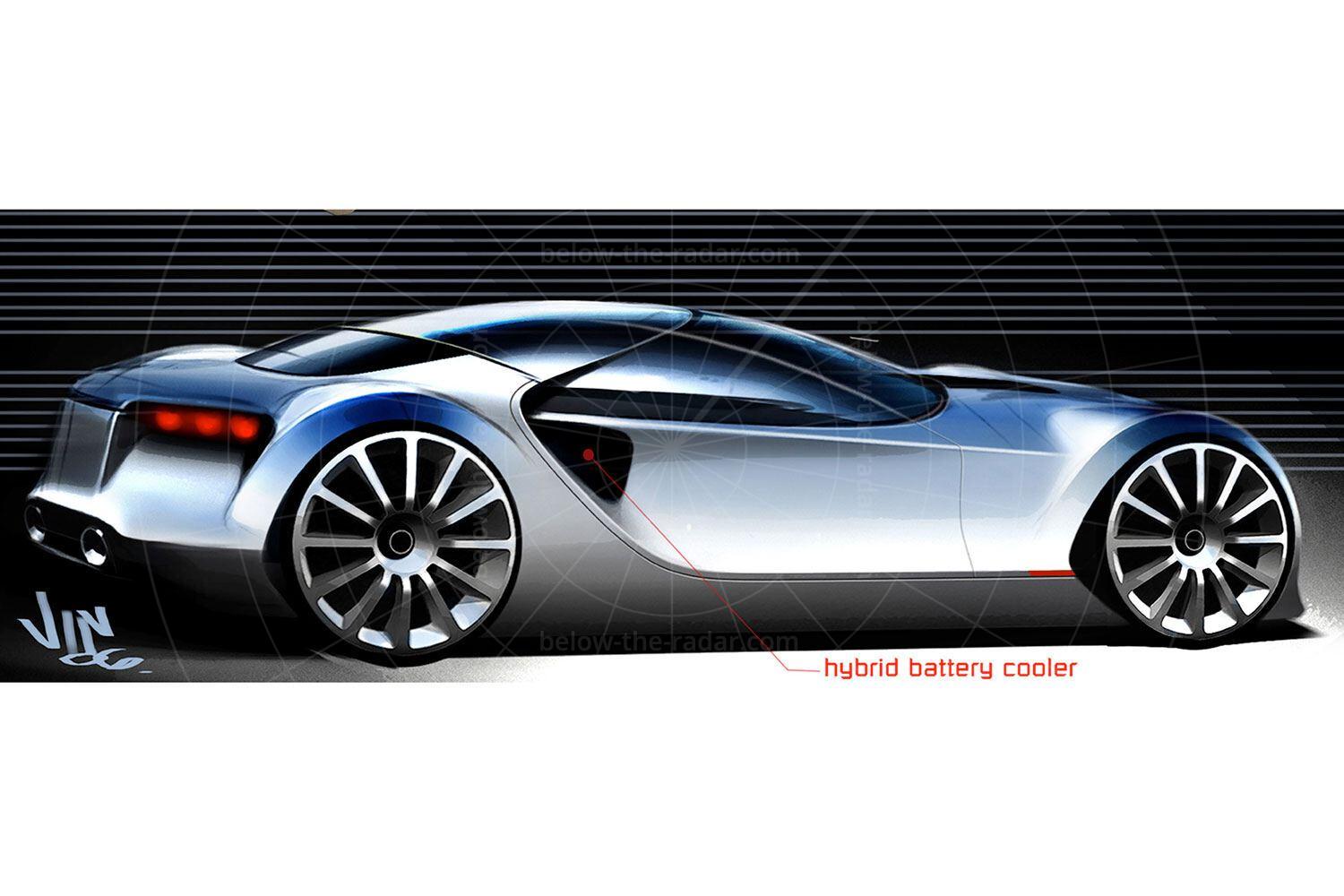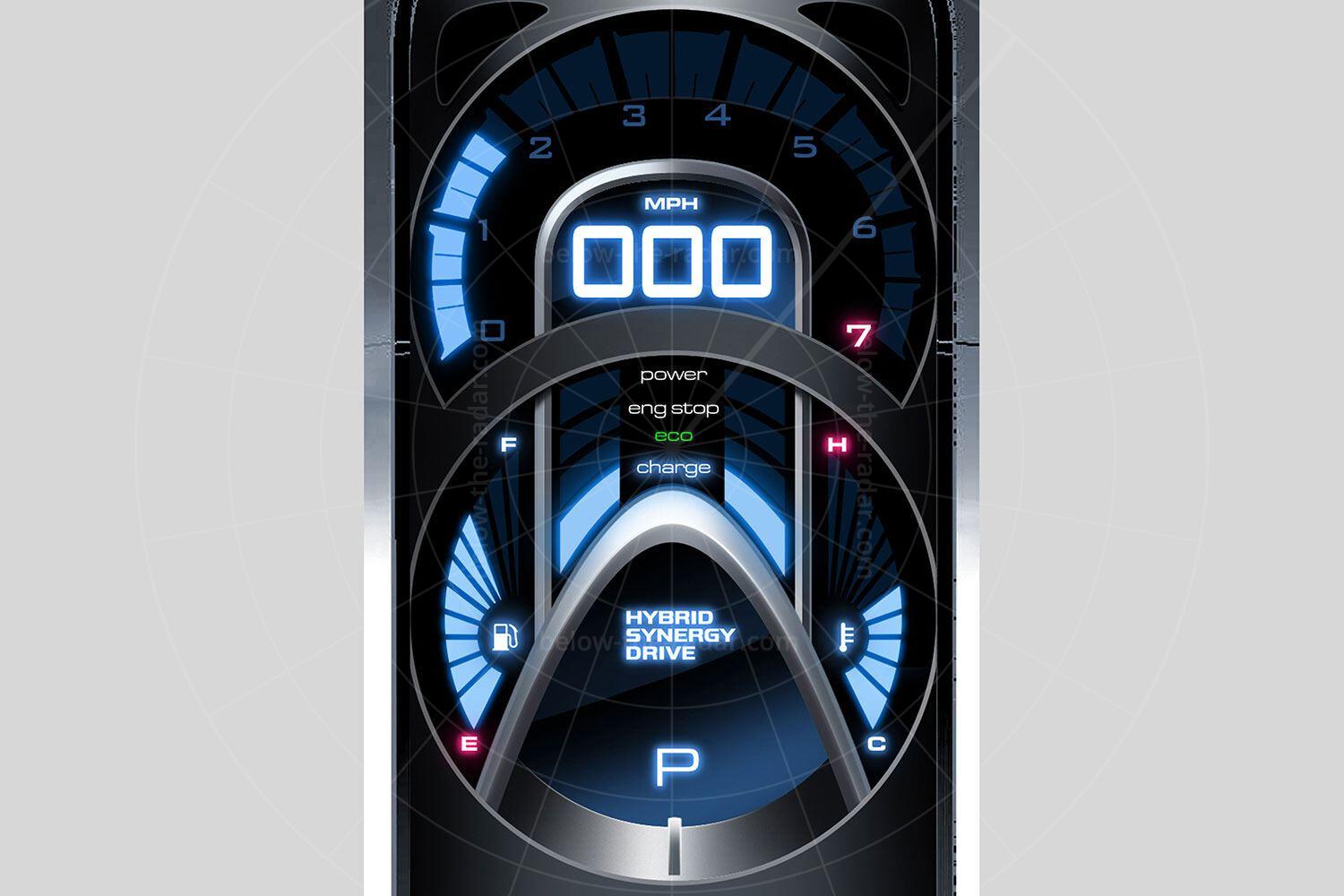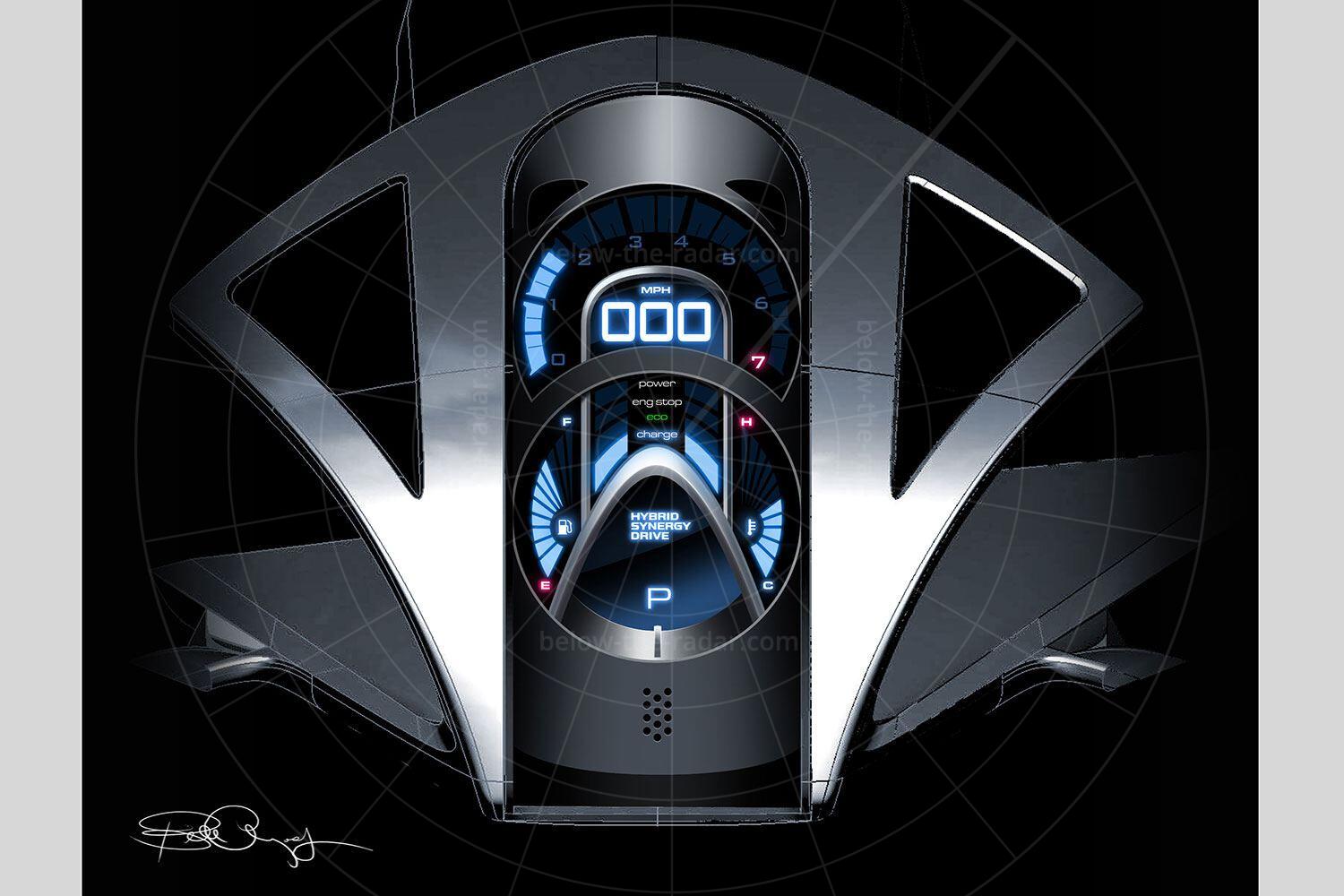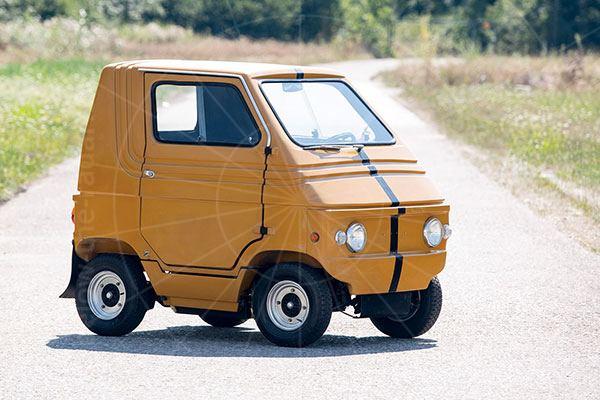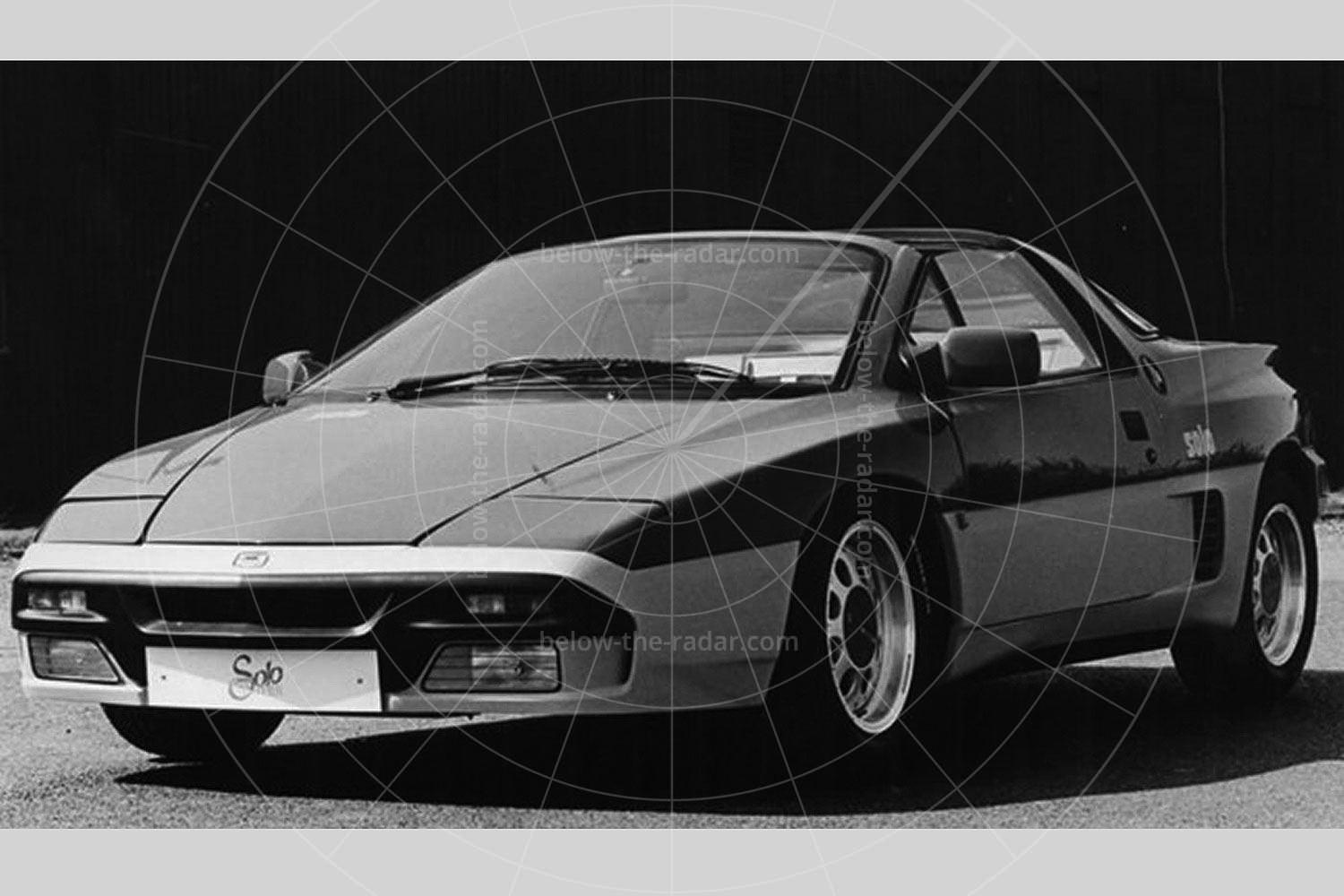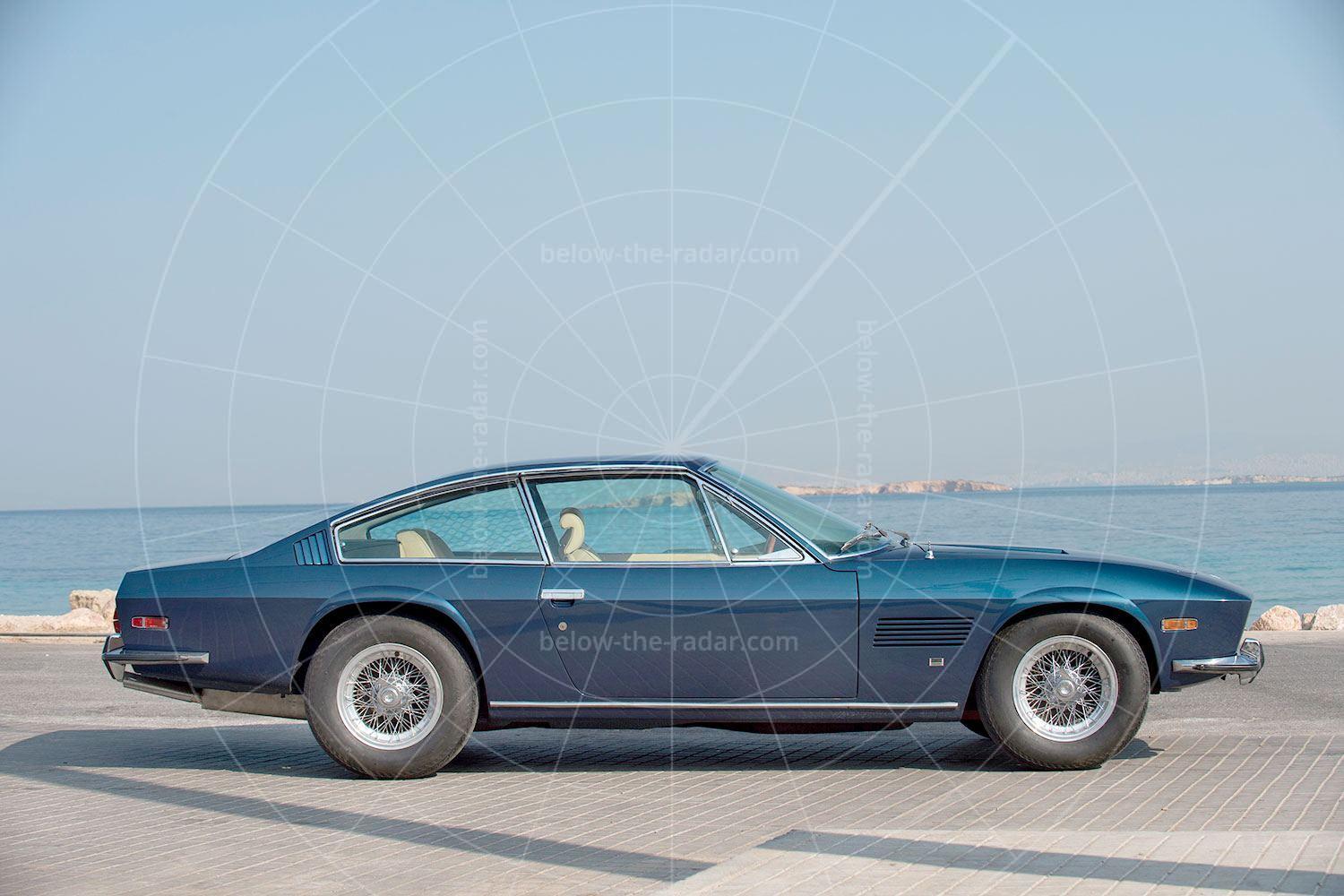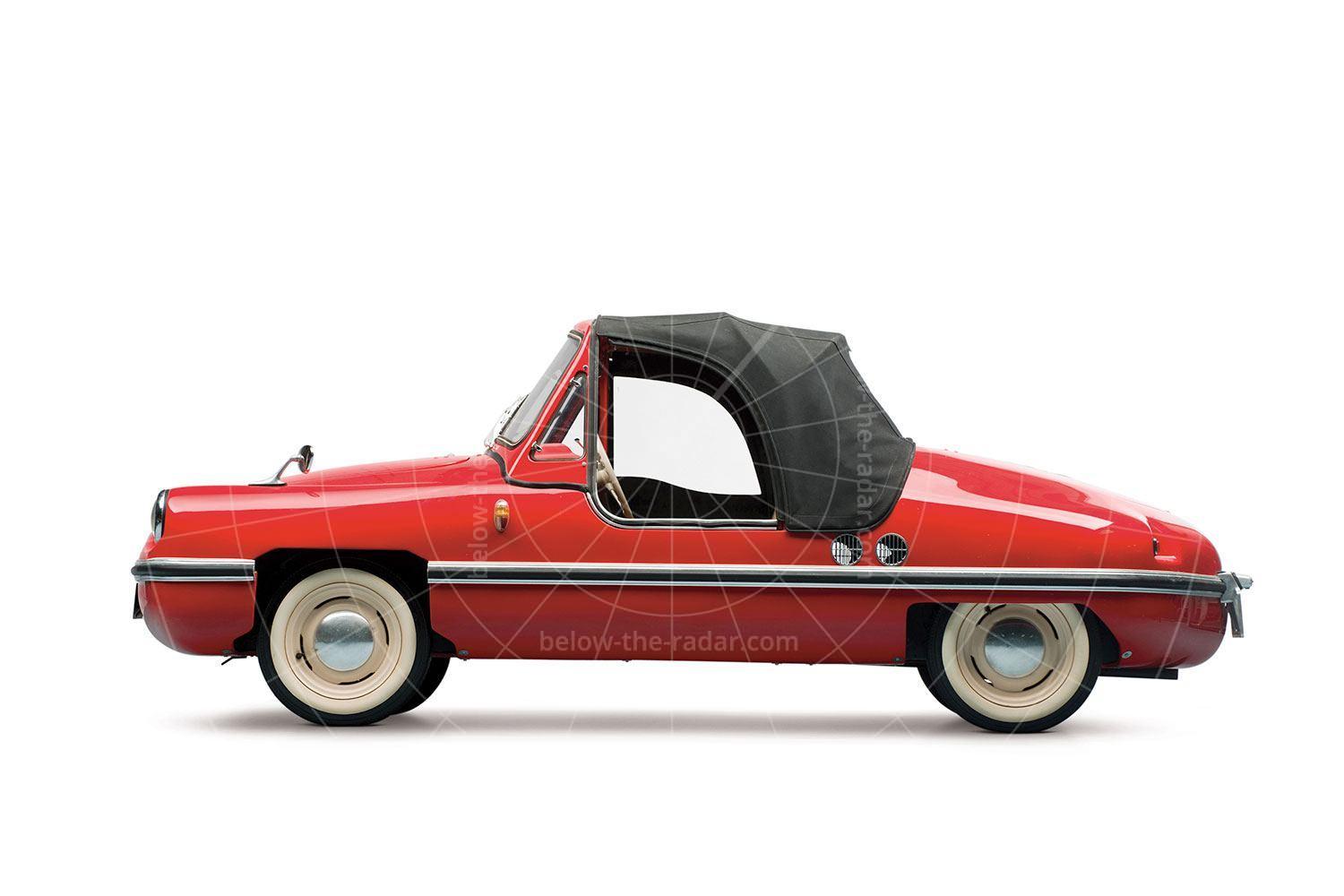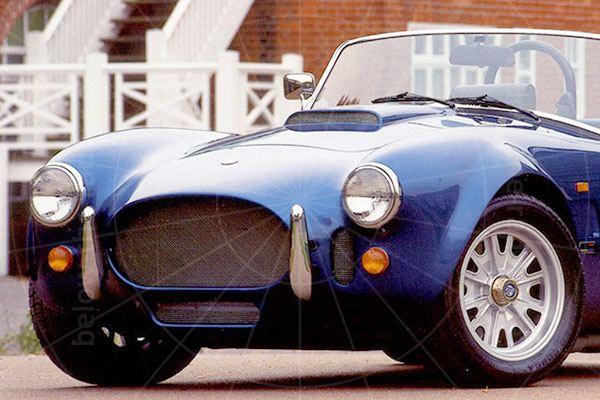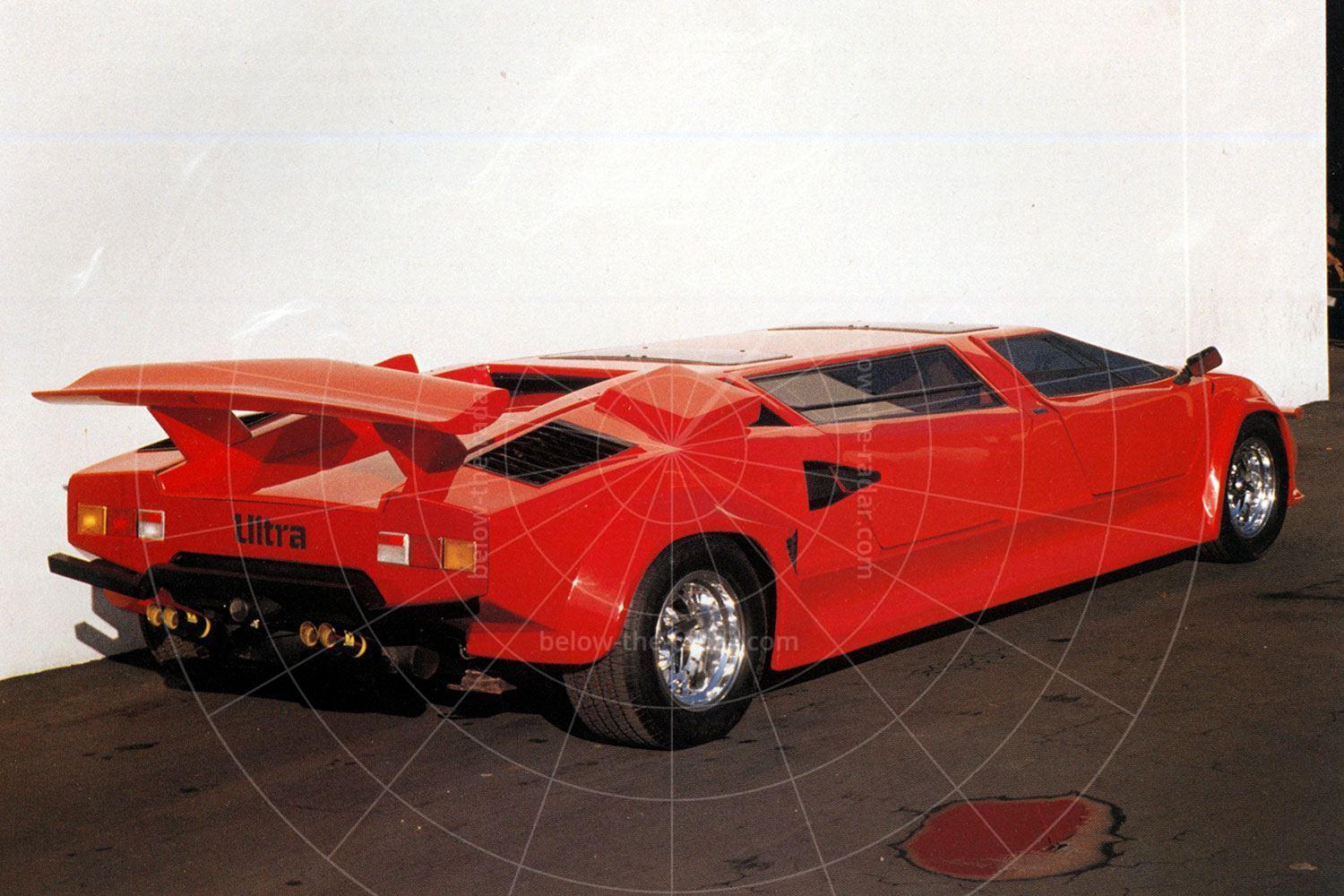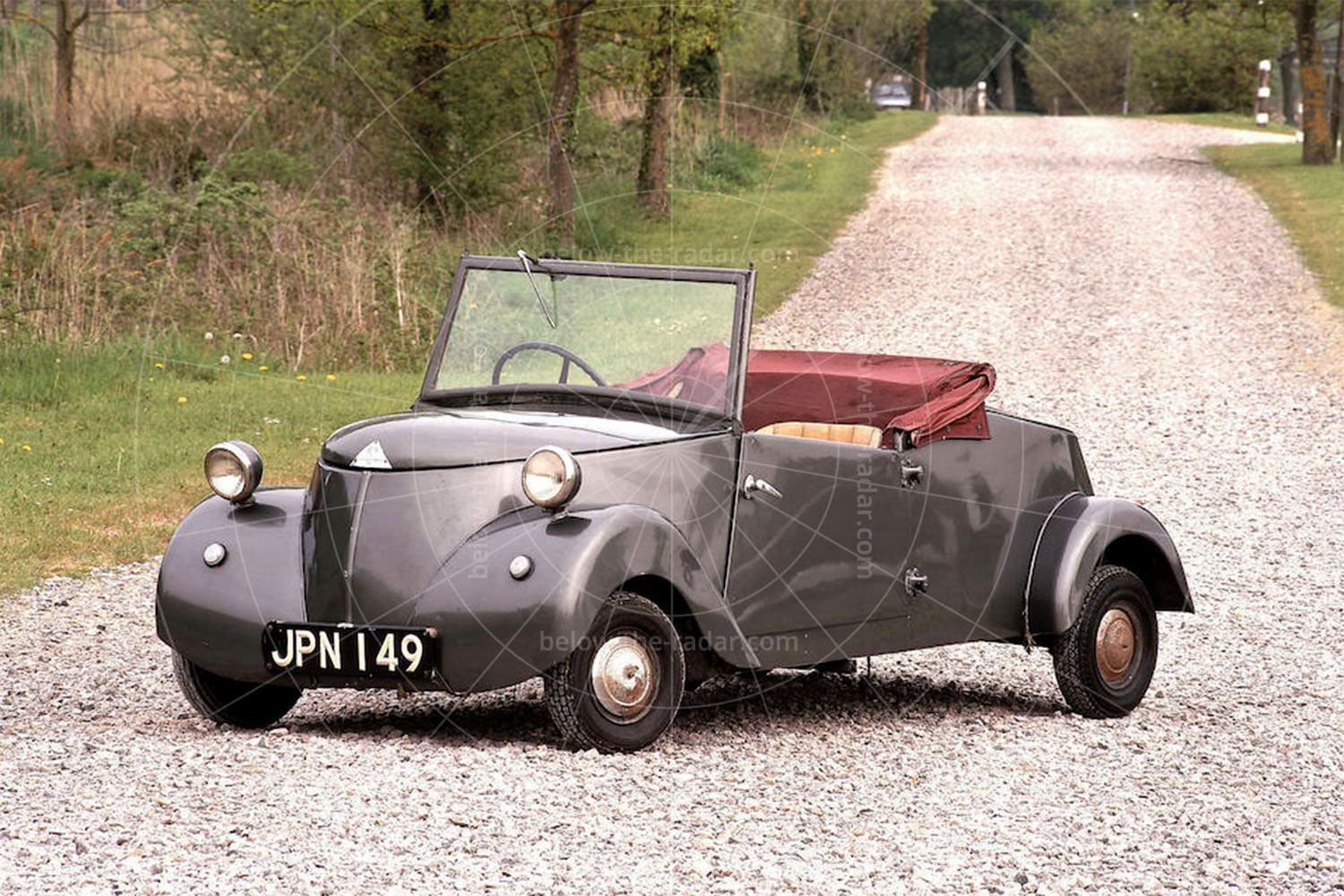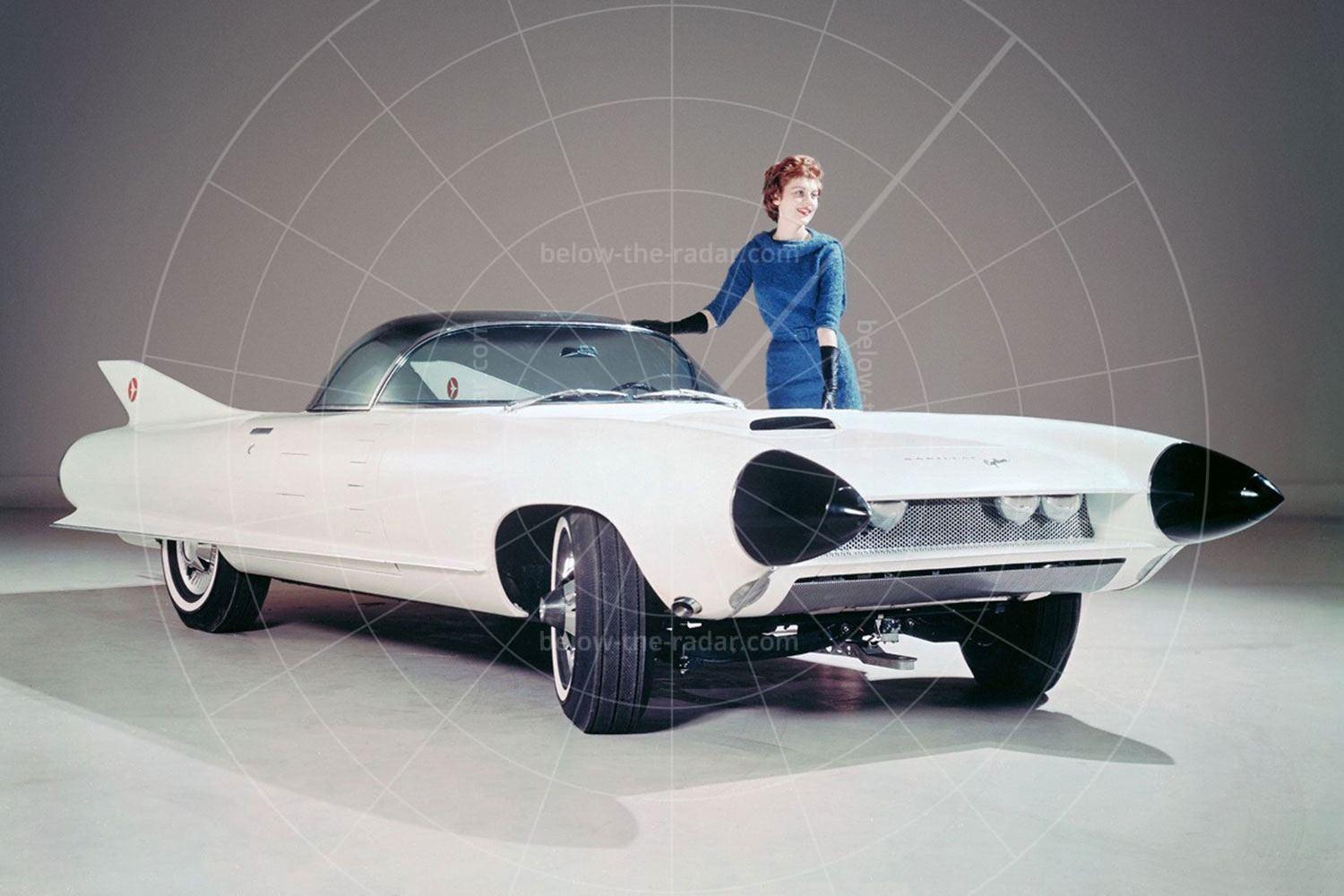At the 2007 Geneva motor show Toyota unveiled its new Auris, a car which the company claimed was “a landmark in the European C-segment”. Alongside this was the FT-HS (Future Toyota Hybrid Sports) concept; a vision of the future that was genuinely exciting. If ever you needed an example of how far removed from reality a decent concept is, here was a perfect one. Dull, derivative small hatch meets excitingly styled technology-laden car of the future; it’s not hard to decide which one makes more of a mark on the automotive landscape.
For a company renowned for producing one unremarkable design after another, Toyota had a curious knack of producing great-looking concepts. But frustratingly, the eye-catching designs of these studies never seemed to translate into the company’s production offerings. The FT-HS was one of a series of eye-catching Toyota concepts of the period, and it was particularly interesting because it was aimed at a segment that this Japanese company had abandoned when it gave up on its Celica coupé.
Toyota had been the market leader in hybrid technology ever since its Prius had arrived in 1998. In some markets many Lexus models were sold in hybrid form only, so it came as no surprise that this particular concept featured a petrol/electric drivetrain. Until this point nobody had offered an electrified sportscar; such technology was seen really as the preserve of more practical family cars. But before long the pure-electric Tesla Roadster would go on sale, and while weight, top speed and range would continue to be limiting factors with electric cars, the available acceleration was often one of the most appealing facets; perfect for any car with sporting intent.
Crucially, Toyota revealed that the FT-HS was part of its commitment to develop “a full and wide range of hybrid cars”, proving that it didn’t see the future of hybrid technology as lying solely with rather dull family transport.
The premise of the FT-HS was to create a sustainable sports car for the 21st century. In other words, Toyota’s aim was to come up with the most efficient sports car possible, without diluting the driving experience. That might have sounded like a tall order, but one of the benefits of a petrol/electric drivetrain was that there was a much larger amount of torque on offer than in a conventionally driven car. And with more torque meaning more acceleration, it made for a pretty good start point.
The good news continued with the FT-HS’s configuration; up front there was a free-revving 3.5-litre V6 engine which drove the rear wheels. So while a mid-engined set-up may have offered a purer driving experience, at least the power went to the right end of the car. And with around 400bhp on tap, there was plenty of power too.
Based on an all-new platform, there were MacPherson struts, coil springs and anti-roll bars front and rear, so the drivetrain didn’t really feature much in the way of cutting edge technology. Inside it was a different matter though; all of the important functions and details were presented almost exclusively to the driver. For example, touch-trace sensors surrounded the driver and acted as tactile guides for finger controls when travelling at high speeds. To top things off, a telescoping hub-less steering wheel incorporated semi-automatic paddle shifters – the sure sign of a driver’s car.
For some reason Japanese car makers just love to over-complicate things, so instead of talking about the design features of the FT-HS, Toyota insisted on muddying the waters by introducing not one but two design languages: J-Factor and Vibrant Clarity. The first provided a form with global visual appeal while the second was a “combination of perfect imbalance, freeform geometrics and integrated component architecture”. Er, right.
What all this boiled down to was a sleek four-seat coupé that looked superb and featured a neat retractable roof. Except there was a snag; the roof retracted into the space usually given over to the rear seats, so you could either carry four people or enjoy some wind in your hair, but not both.
A product of Toyota's California-based CALTY design studio, there was a mass of scoops, slats and spoilers, with the FT-HS looking aggressive from all angles, although it was also surprisingly efficient aerodynamically; many of the features were included to smooth air flow while also adding downforce.
Many of the features were aerospace-inspired, such as the LED lighting, although by this point such technology had already started to appear in mainstream production cars. This aeronautical theme continued inside as well, with a steering wheel and dash that looked more like something from a jet fighter; the use of carbon fibre and titanium throughout only helped to reinforce this feel.
| Vital statistics | |
|---|---|
| Debut | Detroit, 2007 |
| Designer | Alex Shen |
| Engine | Front-mounted, 3.5-litre, V6 with electric assistance |
| Transmission | Semi-automatic gearbox, rear-wheel drive |
| Power | 400bhp approx |
| 0-60mph | 4.0 seconds approx |

